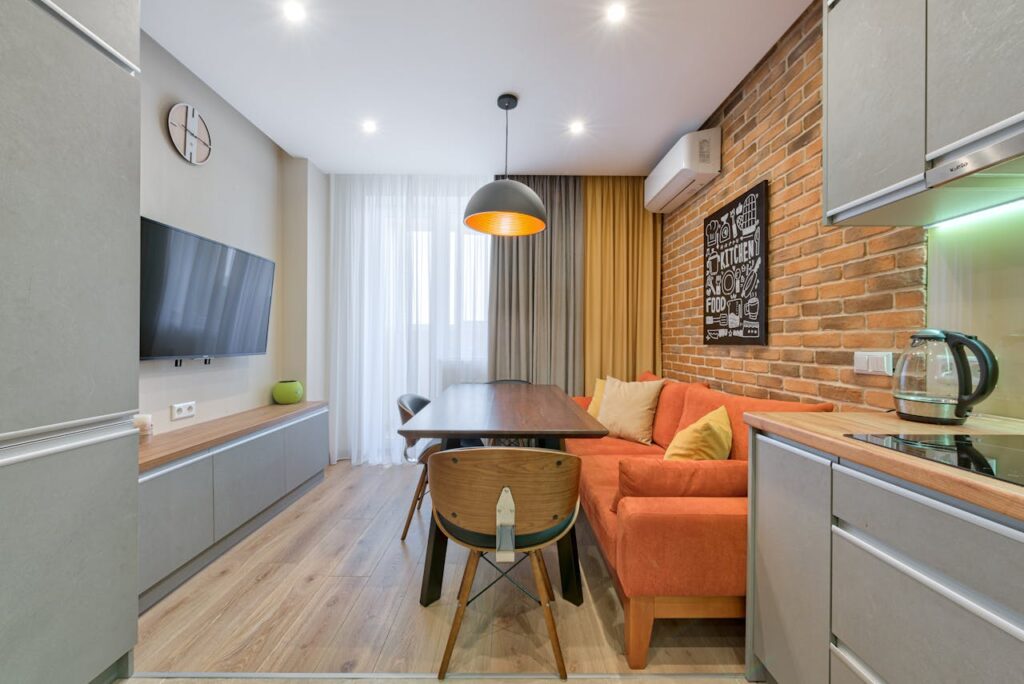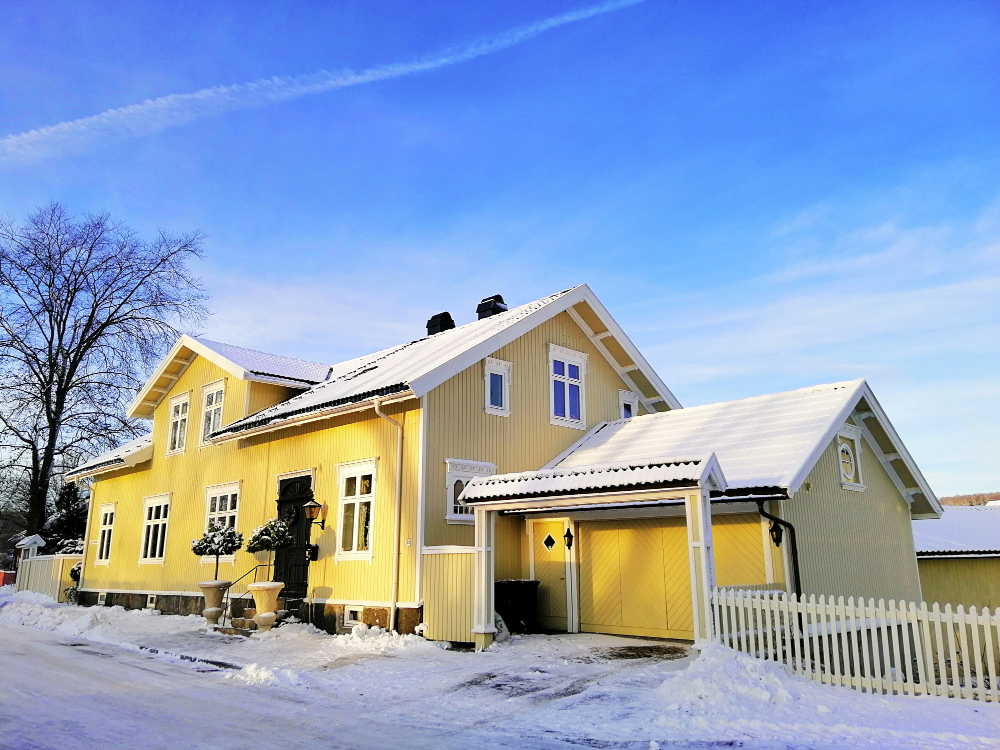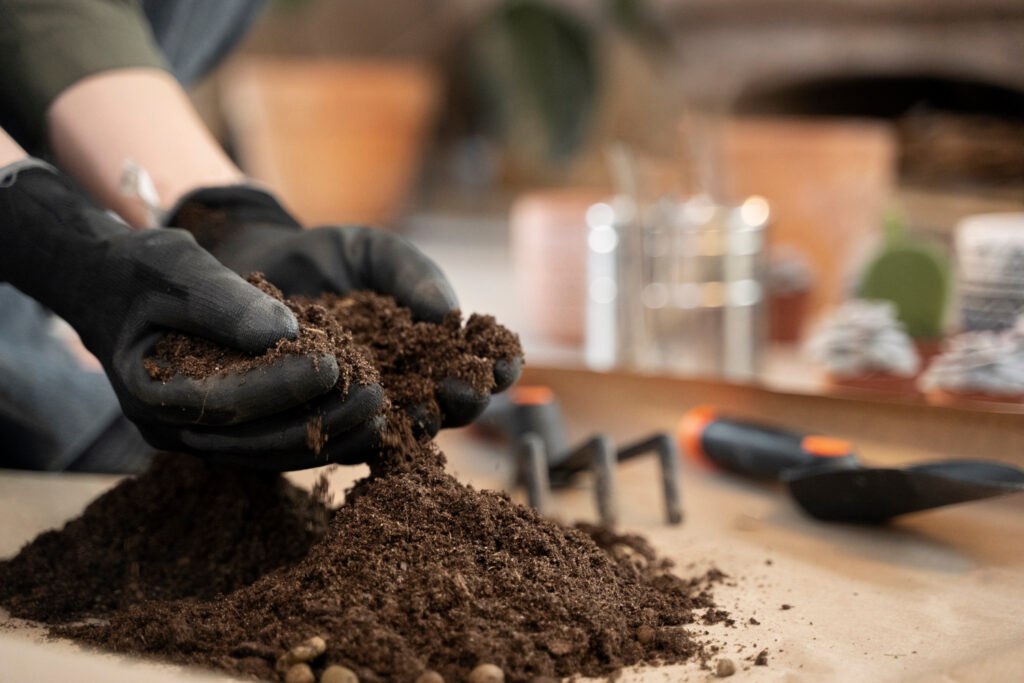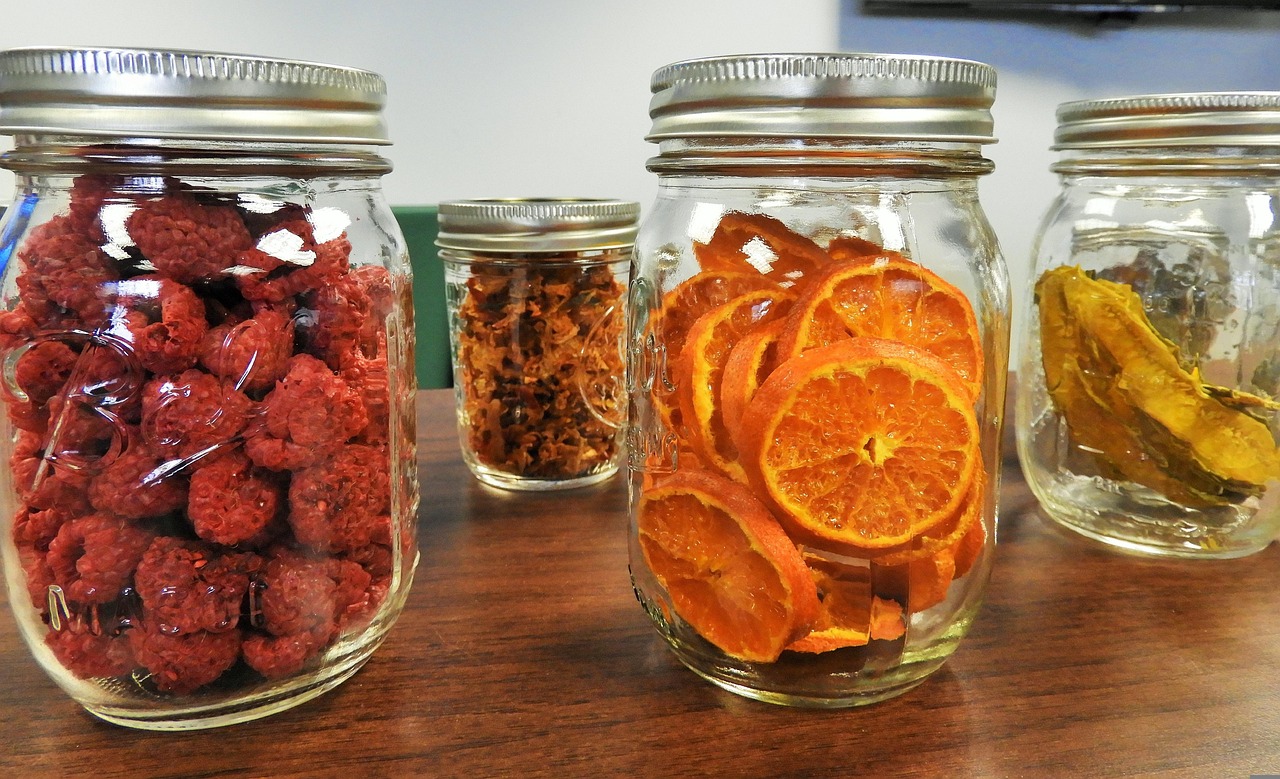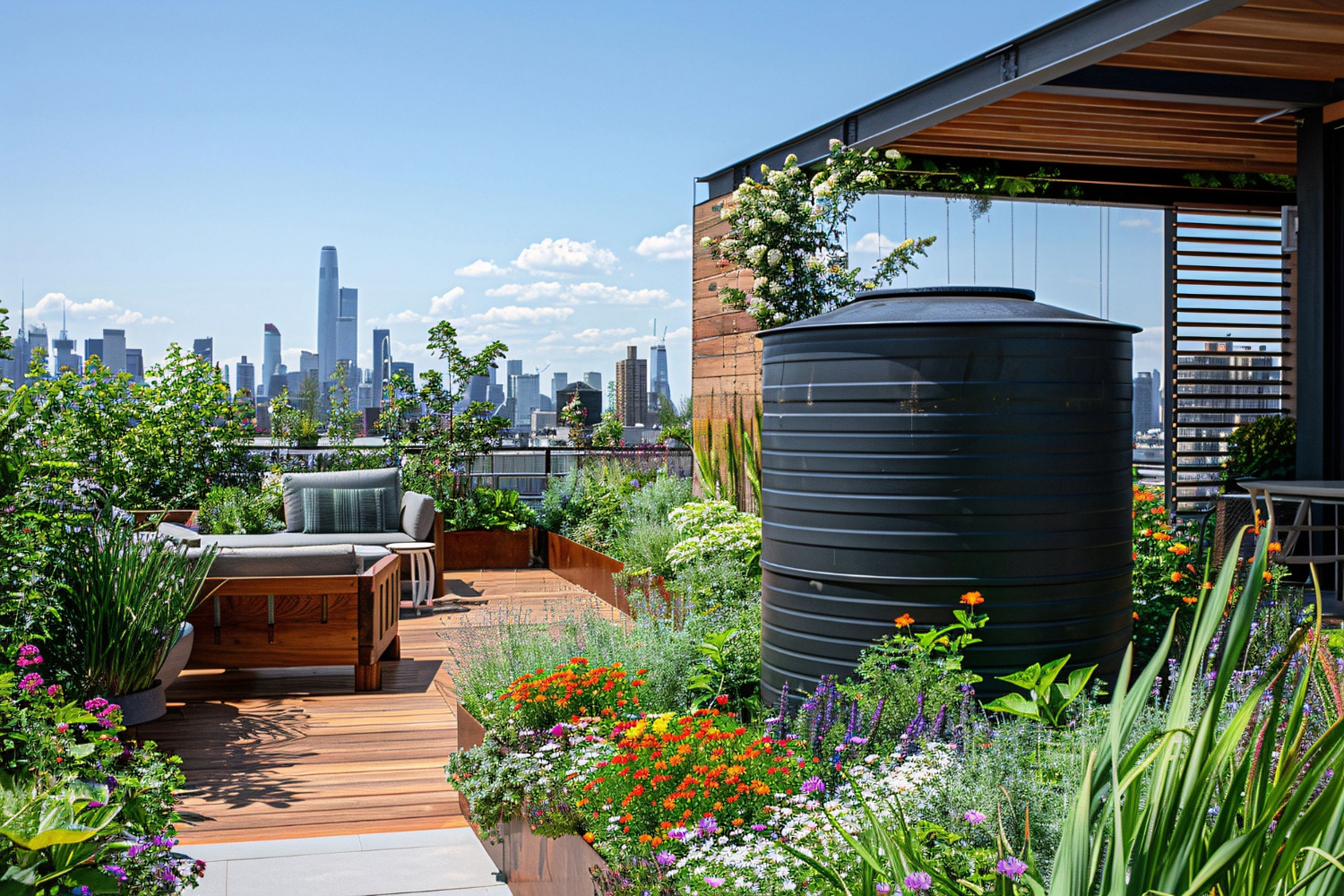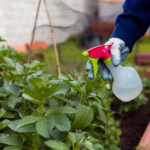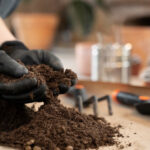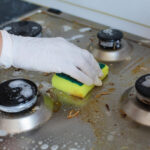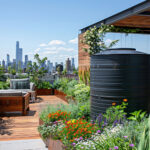Now Reading: Air Quality Improvement Hacks for Fresher Living
-
01
Air Quality Improvement Hacks for Fresher Living
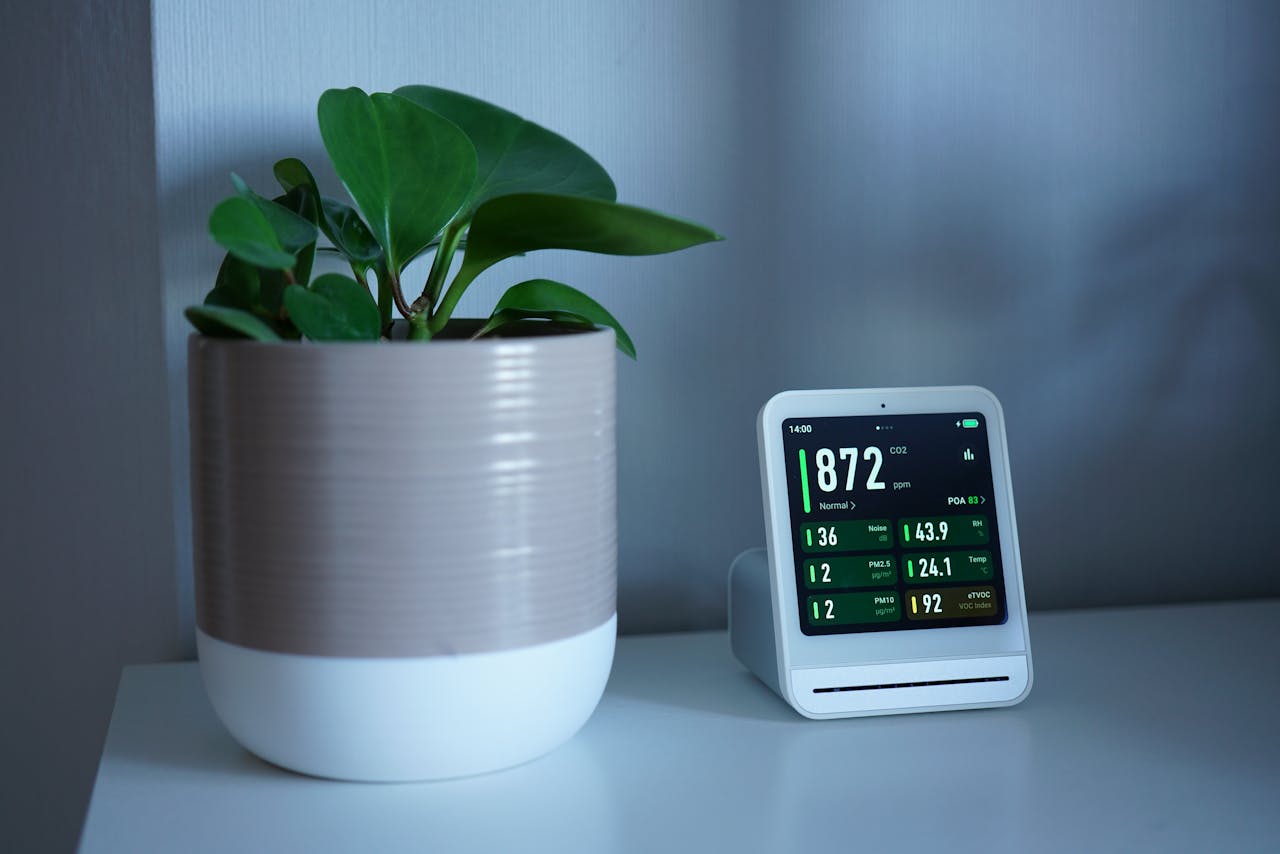
Air Quality Improvement Hacks for Fresher Living
Breathing Shouldn’t Feel Like a Workout
If you’ve ever walked into your house and thought, “Wow, the air smells… lived-in,” this one’s for you. Whether it’s indoor air pollution from yesterday’s fried fish, dust mites plotting under your sofa, or poor air quality courtesy of your air conditioner’s forgotten filter, your home’s air might need a little therapy.
But don’t panic. You don’t need a lab coat or a NASA-grade air purifier to fix this. You just need a few smart (and occasionally hilarious) air quality improvement hacks. And maybe a broom you actually use.
Let’s break it down.
1. Air Quality Improvement Hacks Start With… Your Filters
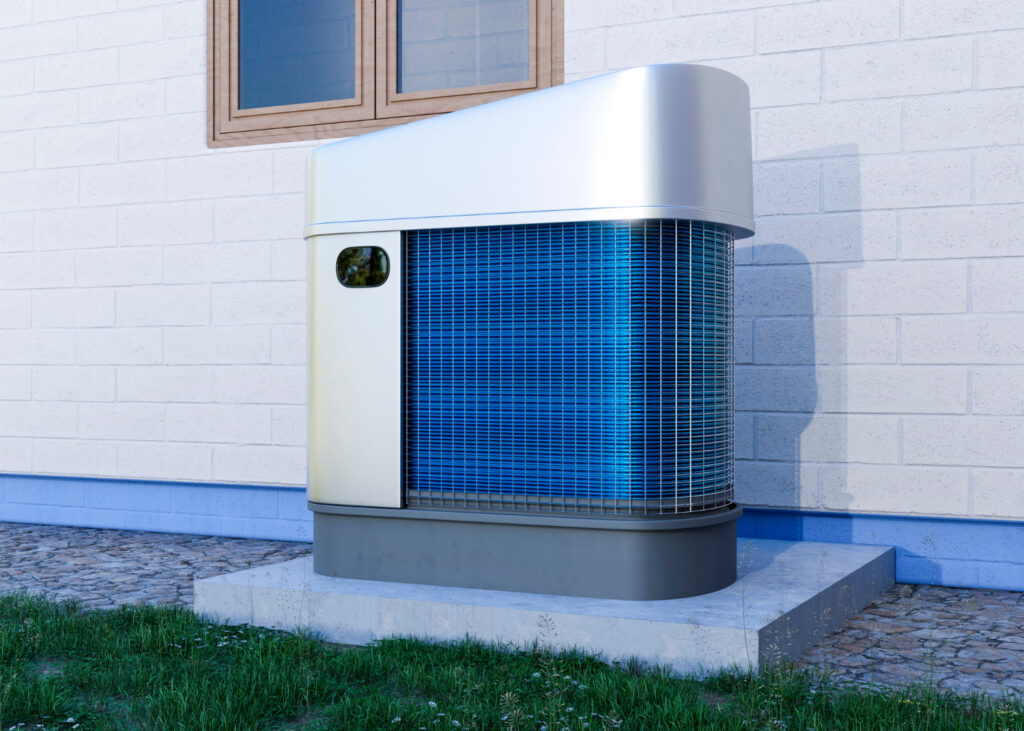
Here’s the truth: the “set and forget” method for HVAC filters is a lie. If your air-conditioning system has been huffing through a dirty filter, you’re basically recycling airborne pollutants instead of removing them.
I once ignored my air conditioner for six months. When I finally opened it, a family of dust mites had clearly been hosting a reunion. No wonder my indoor air quality (IAQ) felt like a foggy morning.
Air quality improvement hack: replace air filters every 2–3 months. Choose HEPA air cleaners or mechanical HEPA air filters—they trap airborne particles, polluted air, and even indoor air contaminants like mold spores and pet dander.
Cleaner filters = clean indoor air = fewer sneezes that sound like battle cries.
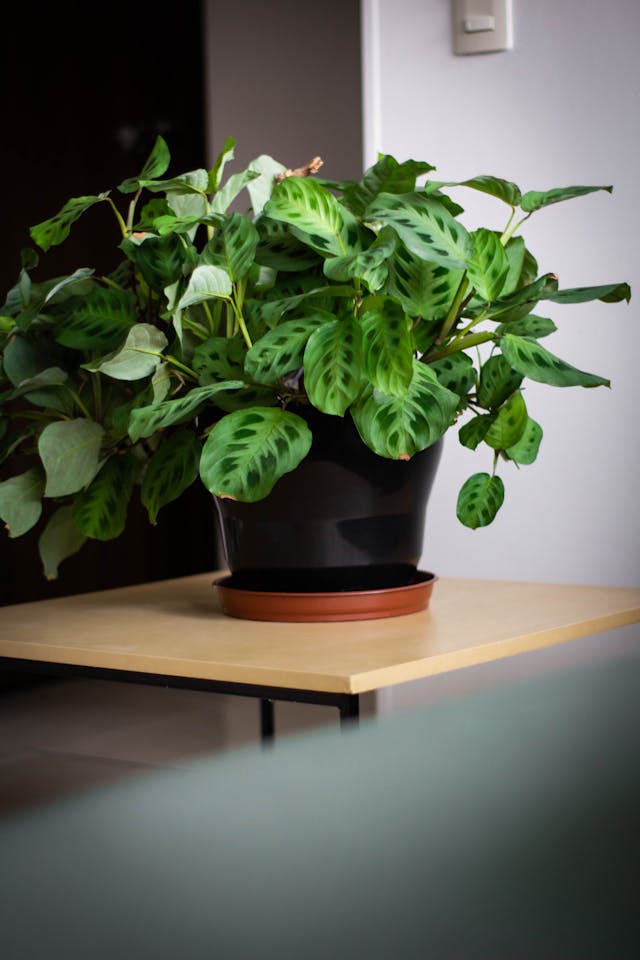
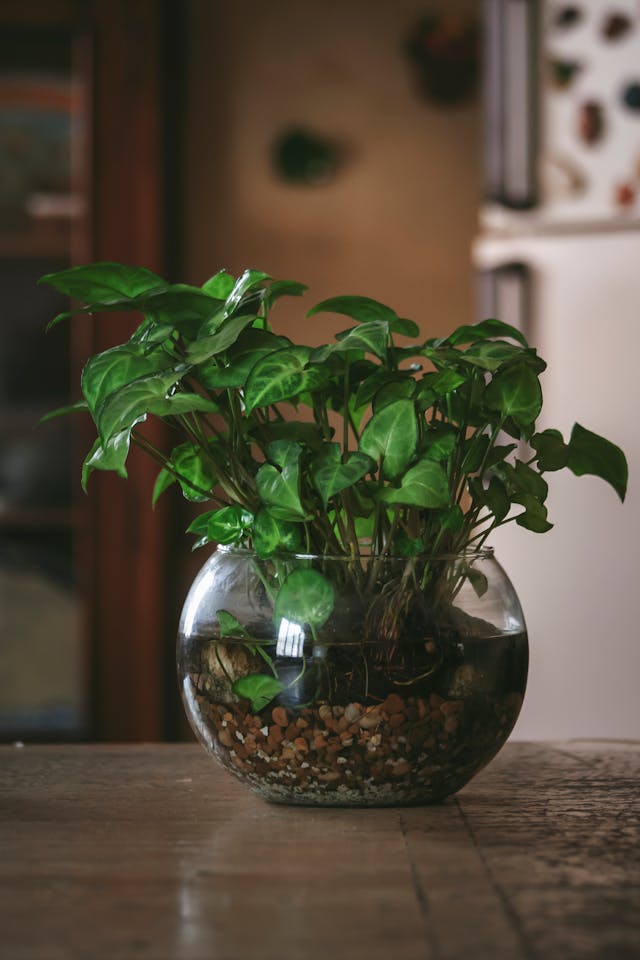
2. Natural Ventilation: The Cheapest Air Cleaner You’ll Ever Own
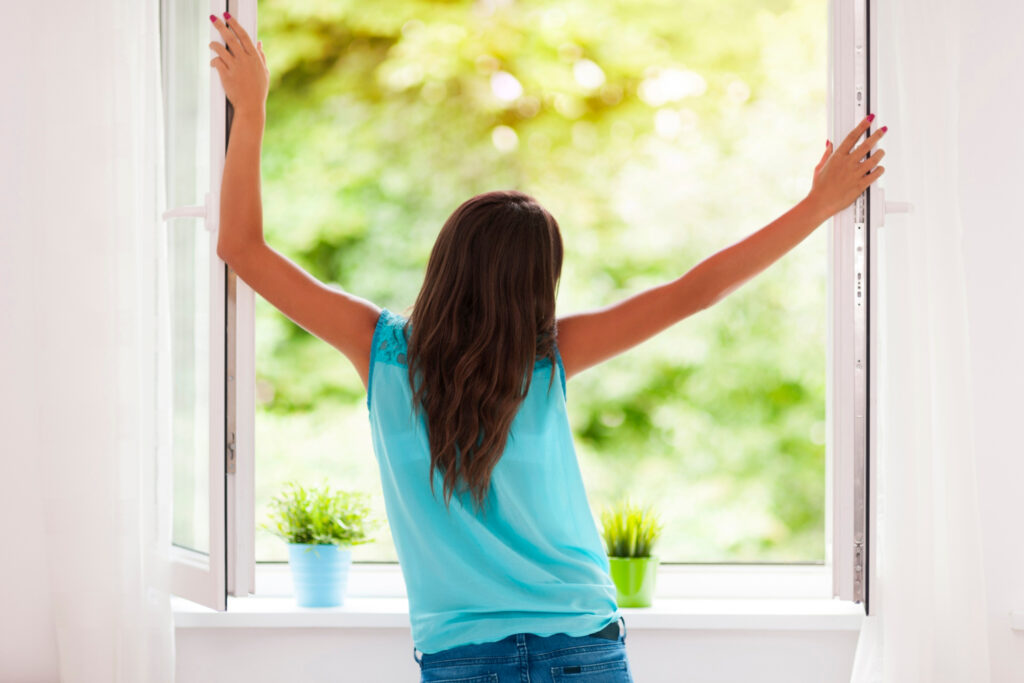
Sometimes, good air quality starts with something ancient: a window.
Opening windows lets in fresher outdoor air and balances indoor air temperature, especially early mornings when outdoor air pollution is lower.
Here’s my personal system: wake up, open the windows, breathe deeply, and tell myself this counts as “cardio.”
Air quality improvement hack: create natural ventilation habits. Even 15 minutes of outdoor air ventilation helps replace stale indoor air with ambient air. Just avoid rush hour when emissions are doing their worst.
Pro tip: ventilate with windows on opposite sides of your house to create a high air-circulation rate. Congratulations—you’ve just built a natural ventilation system without spending a cent.
3. Cooking Without Creating Air Pollution

If your kitchen doubles as a smoke machine every time you sauté onions, you’ve met cooking-related air pollution firsthand. The airborne pollutants from frying oil, burnt crumbs, and even toasters can tank your indoor air quality faster than you can say “where’s the fire extinguisher?”
Air quality improvement hack: always use your exhaust fan or range hood. This isn’t just background noise—it’s a lifesaver for air purification. If you don’t have one, boost kitchen ventilation by opening a window or installing a ventilation system.
And please, skip synthetic air fresheners to “mask” the smell. They add VOCs (volatile organic compounds), which just turns your kitchen into a perfumed gas chamber.
4. The Power of Air Purifiers (Your Home’s Unsung Heroes)
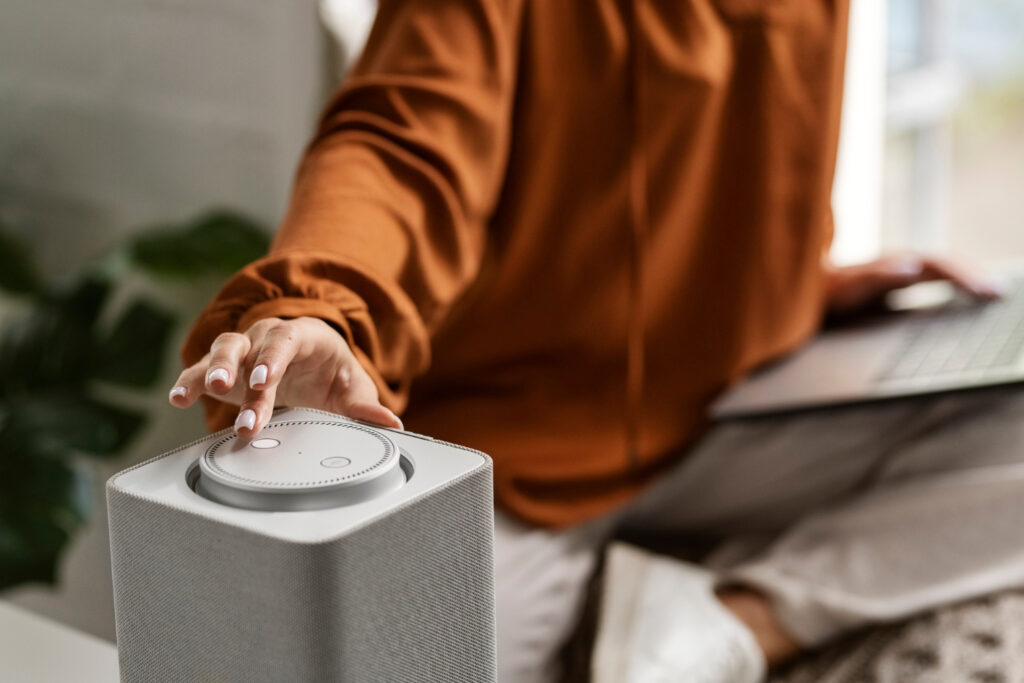
You know how we buy gadgets that promise to “change our lives” and then use them twice? Well, air purifiers aren’t one of those. These little champs use air purification technology to remove airborne pathogens, indoor air pollutants, and even dust mite droppings.
Air quality improvement hack: get a few excellent air purifiers or table-top air cleaners—especially for bedrooms and living areas. Look for ones with HEPA air cleaners, high air-circulation rates, and large coverage capacity.
Position them strategically: near air ducts, air-conditioning vents, or places where air flows naturally. Think of them as your invisible cleaning staff—quiet, efficient, and always working overtime.
5. Declutter, Dust, and Do It Again
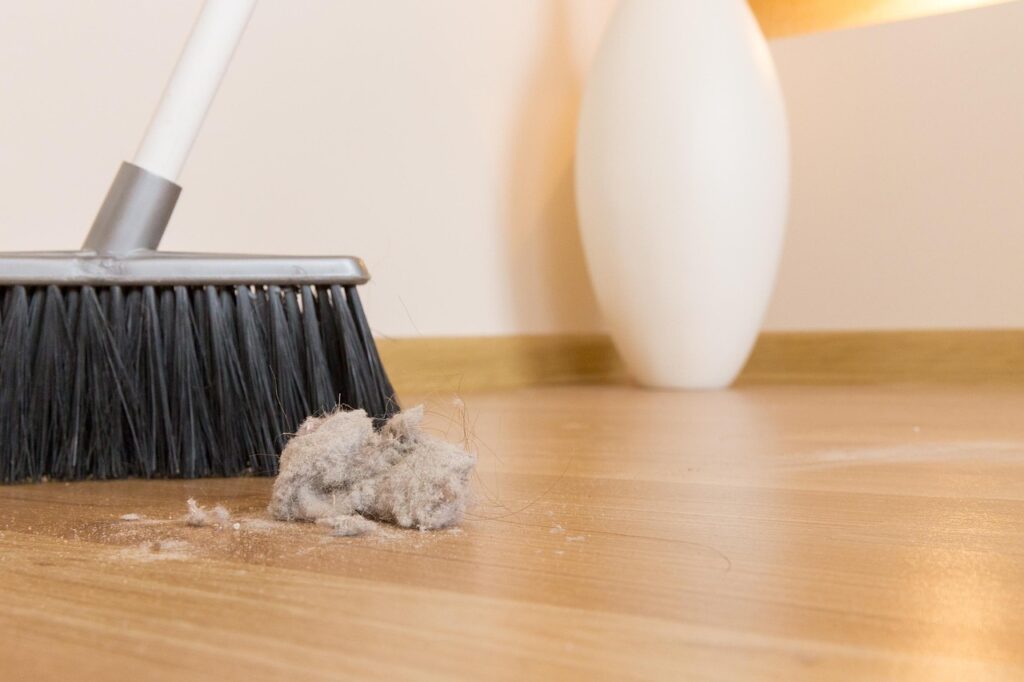
Air quality improvement hacks don’t have to involve machines. Sometimes, a mop and a sense of duty are enough. Dust is a sneaky villain—it collects airborne particles, pollutants, and all sorts of indoor dust that lower air quality without you realizing it.
When I finally deep-cleaned my bookshelf, I discovered not only lost socks but also a colony of what I can only describe as “dust bunnies with ambition.”
Air quality improvement hack: vacuum with a HEPA filter vacuum cleaner weekly. Wipe surfaces with microfiber cloths. Clean behind appliances and under beds. This reduces indoor air pollutants and dust mites, leading to cleaner air that doesn’t feel heavy or musty.
6. Moisture Control: Because Mold Is Not a Decor Choice
Let’s talk about humidity. Too much of it, and you’ll invite mold growth, dust mites, and bacteria. Too little, and your skin will feel like old parchment.
Air quality improvement hack: keep humidity levels between 30–50%. Use dehumidifier tips like running a dehumidifier in humid areas or letting your air-conditioning systems handle moisture control. Check air-heating systems and bathrooms for leaks regularly.
Remember: mold smells like regret. Don’t let it take over your indoor air.
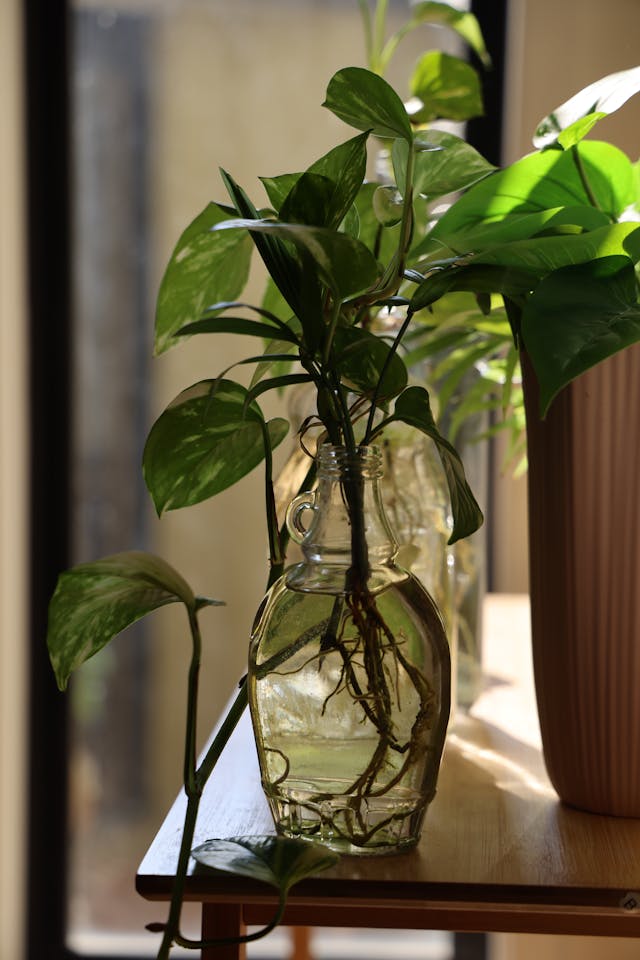
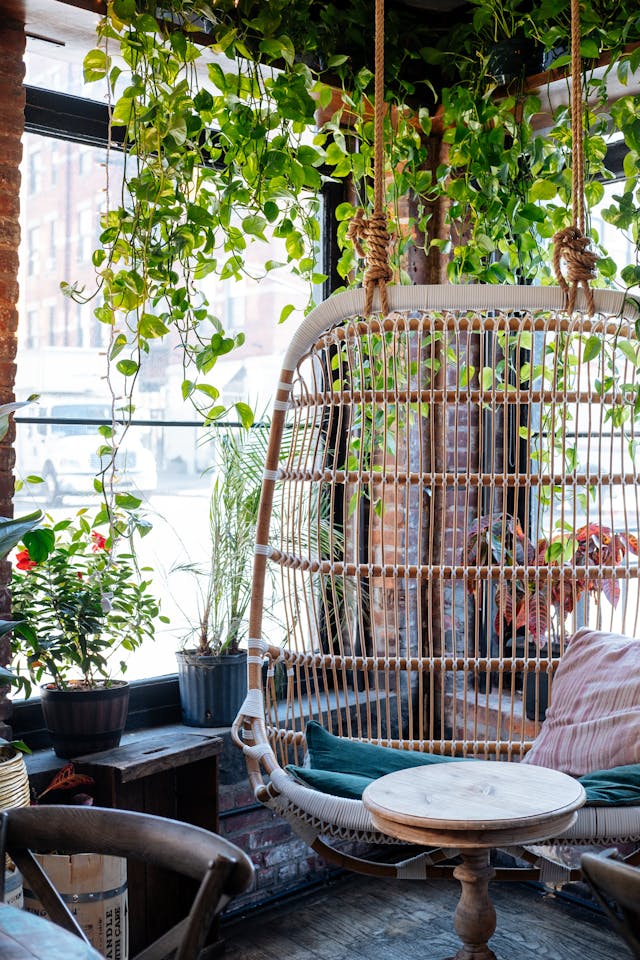
7. Air Quality Improvement Hacks for Pet Owners
Your pets are adorable, but their pet allergens and dander? Not so much. Curb pet allergens by bathing them often and using air cleaners designed for pet households.
Air quality improvement hack: vacuum carpets, wash bedding, and replace filters more frequently. If your furry friend sheds like it’s their job, consider a whole-house air purification system. Because nothing says “clean air” like breathing without inhaling cat glitter.
8. Control Indoor Pollutants Before They Spread
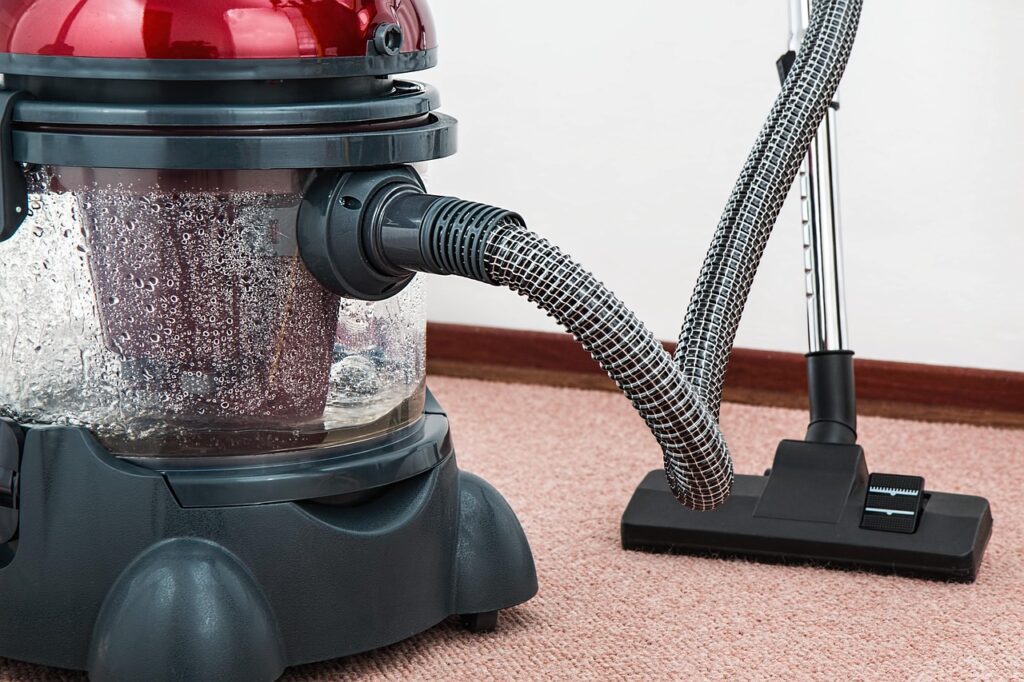
This is the part nobody likes to hear: some of the worst indoor air contaminants come from the products we use every day—cleaners, paints, sprays, candles, and even furniture. These release VOCs and formaldehyde, both known to cause poor air quality.
Air quality improvement hack:
- Lower VOCs in home by choosing low-VOC paints and natural cleaning products.
- Eliminate pollutant sources like smoking indoors or burning synthetic candles.
- Test for radon if you live in an area prone to it.
- Remove formaldehyde by using solid wood furniture instead of particle board.
Think of it as a “detox” for your home—minus the expensive juice cleanse.
You might also like this home related life hacks:
1. Easy Home Decor Hacks That Actually Work – Discover simple and clever home decor hacks that actually work to transform your space without breaking a sweat or your budget.
2. Upcycling Old Furniture or Items: Creative Hacks with Humor – Learn hilarious and inventive ways to upcycle old furniture or items, turning trash into treasure with humor and style.
3. Painting and Wall Art Shortcuts for Happy Walls – Explore smart painting and wall art shortcuts that make your walls smile, while saving time and avoiding decorating disasters.
4. 21 Modern Kitchen Ideas That Look Straight Out of a Luxury Magazine – Check out 21 stunning modern kitchen ideas that give your space a luxury magazine vibe without requiring a celebrity budget.
9. Air Conditioning: The Unsung Hero (When Maintained)
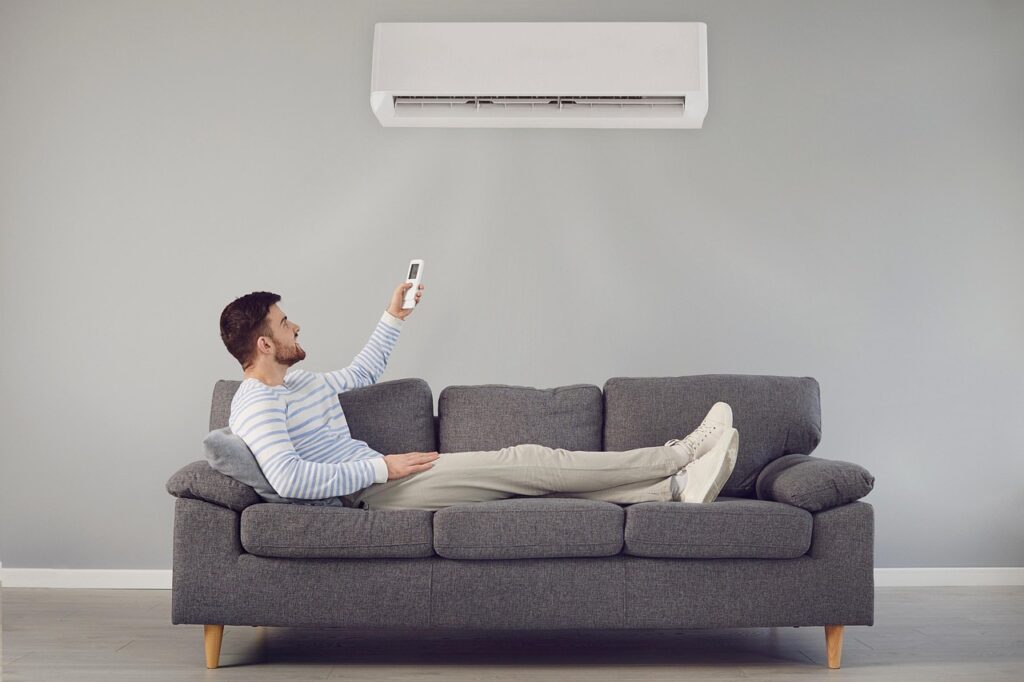
Your air-conditioning system isn’t just for comfort—it’s a built-in air purification device when maintained properly. Neglect it, though, and it’ll blow polluted air back in your face.
Air quality improvement hack: hire a reliable HVAC specialist at least once a year. Have them inspect air ducts, heating, ventilation and air conditioning (HVAC) units, and filters. A well-tuned forced-air heating system ensures steady air movement and fewer emissions indoors.
If you use a window air conditioner, clean it regularly. Mold and musty air are not the kind of “vintage” you want circulating.
10. Plants: Nature’s Low-Maintenance Air Purifiers
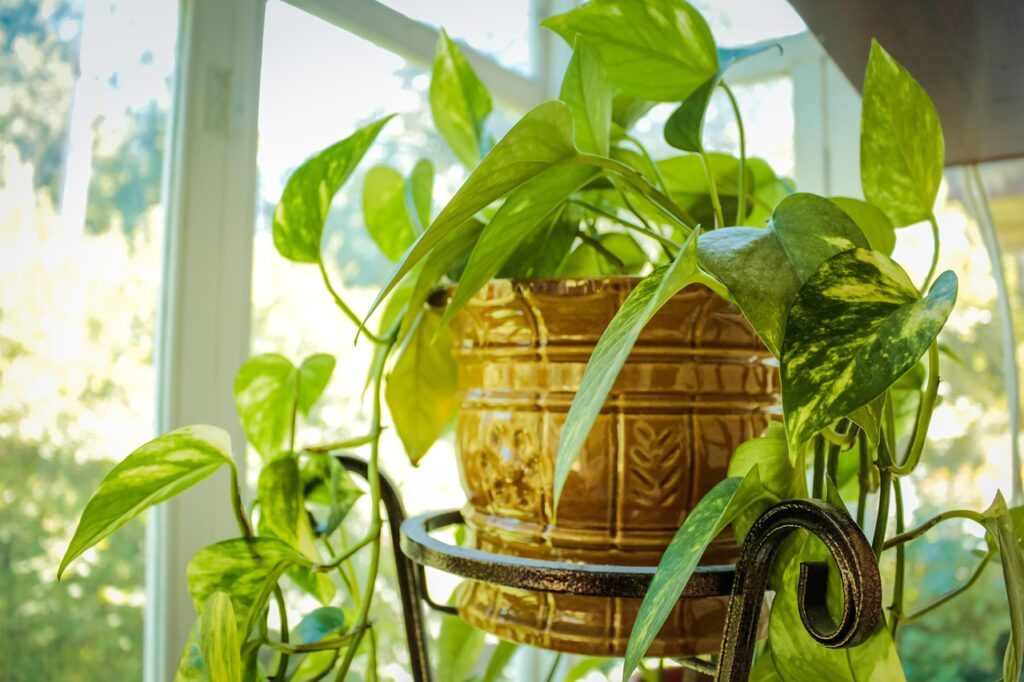
Indoor plants can purify room air, absorb pollutants, and bring fresh air vibes to your decor. I once adopted a peace lily and named it “Lung Support.” It thrived, while I learned that air cleansing tips can be green and gorgeous.
Air quality improvement hack: place houseplants like snake plants, spider plants, or bamboo palms in sunny spots. They naturally improve indoor air, reduce indoor air pollution, and keep air indoors feeling fresh.
Just don’t over water them—mold loves that drama.
11. Go Pro: Test and Monitor Your Air
If you want to take things up a notch, professional air-quality testing or a home air-monitoring kit can tell you what’s really floating around. Airborne pollutants like radon, VOCs, and CO₂ levels are invisible but measurable.
Air quality improvement hack: use monitors to track indoor air quality, humidity, and air temperature. Some smart models connect to your phone and suggest when to replace HVAC filters or increase ventilation. It’s like having a personal trainer for your air.
12. Air Quality Improvement Hacks Summary
Here’s what we’ve covered:
- Replace HVAC filters regularly.
- Use air purifiers with HEPA filters.
- Ventilate with windows for natural airflow.
- Control humidity and stop mold growth.
- Declutter and vacuum to reduce dust mites.
- Choose low-VOC, natural cleaners.
- Maintain your air-conditioning systems.
- Add plants for bonus cleaner air points.
Each of these air quality improvement hacks takes a little effort, but the payoff is big: cleaner lungs, fresher smells, and fewer mystery sneezes.
Final Breath: Living the Clean-Air Life
At the end of the day, air quality improvement isn’t about perfection—it’s about awareness. You don’t need a science lab or a budget-breaking gadget. You just need consistency, a little humor, and the occasional deep clean that makes your house sigh with relief.
Breathe easy, friend. With these air quality improvement hacks, your home’s air won’t just be bearable—it’ll be a breath of fresh life.











